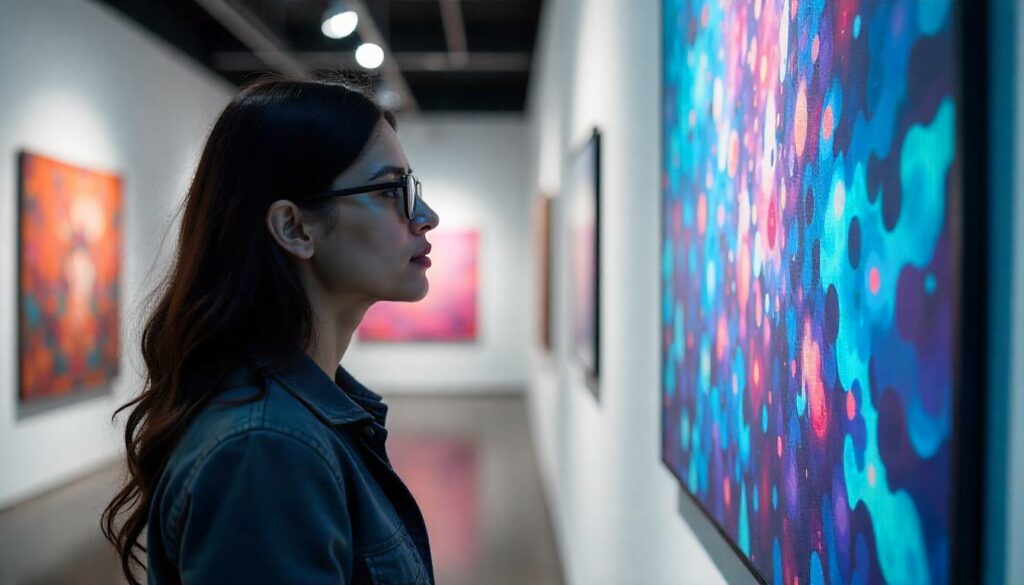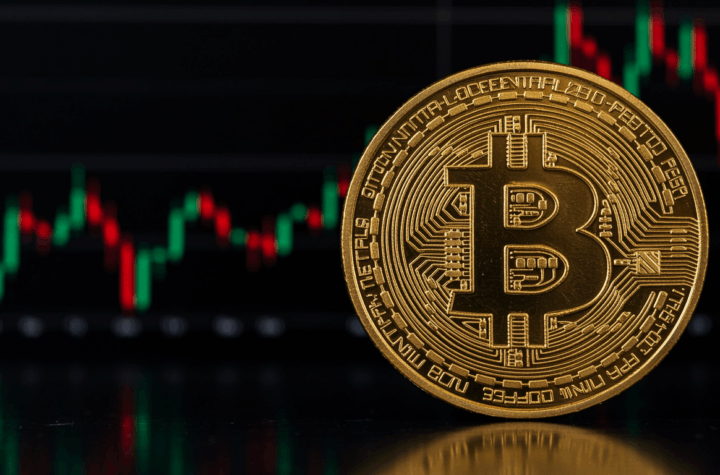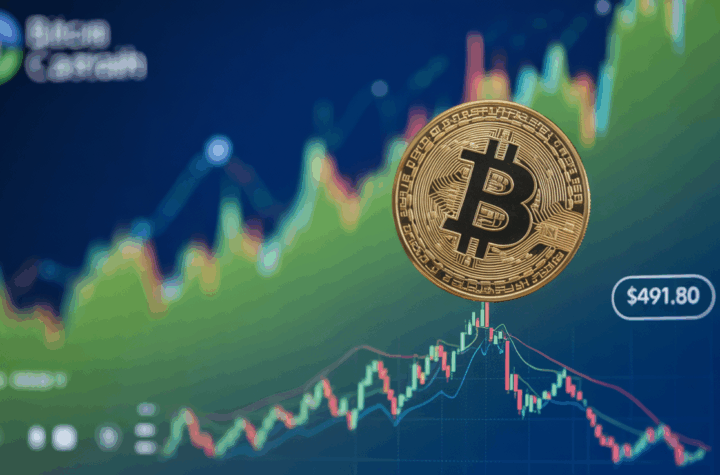
AI in Art and Music: Can Machines Be Creative?
When we think about creativity, we often picture painters working on canvases or musicians composing heartfelt songs. Creativity has long been considered a deeply human gift—a way to express emotion, tell stories, and connect with others. But times are changing. With the rise of Artificial Intelligence (AI), machines are now producing artwork, composing music, and even writing poetry. This leads us to a fascinating question: Can machines actually be creative?
How AI Is Producing Art and Music
AI doesn’t “feel” inspiration the way humans do. Instead, it learns from huge collections of existing works and identifies patterns. Once trained, it can generate entirely new pieces based on what it has learned. Let’s look at how AI is leaving its mark on the creative world:
1. AI in Visual Arts
AI tools like DALL-E, Midjourney, and Stable Diffusion can produce stunning digital art simply from text prompts like “an astronaut riding a horse through a neon city.” These systems:
- Learn styles from countless images and artworks
- Create unique compositions that blend styles and themes
- Help artists generate concept art, digital designs, and visual storytelling pieces
Artists are using AI to experiment with ideas, push creative boundaries, and create visuals that might have been too time-consuming or technically complex to produce manually.
2. AI in Music Composition
AI is also stepping into the music scene. Systems like AIVA and OpenAI’s MuseNet can compose songs in various genres by analyzing musical patterns and structures from existing music. Musicians use AI to:
- Generate melodies, harmonies, and rhythms
- Create background scores for films, games, or social media content
- Explore new genres or sounds outside their usual style
Some AI-generated music sounds so polished that listeners often can’t tell whether it was created by a human or a machine.
Is AI Truly Creative?
Here’s where opinions differ. While AI can generate impressive art and music, does that equal true creativity?
- AI lacks emotions and intentions. Unlike human artists, AI doesn’t create from personal feelings or life experiences. It produces content based on data patterns rather than emotional expression.
- No personal story behind the art. Human creations often come from a desire to tell a story, convey a message, or share a personal vision. AI has no intrinsic motivation or consciousness.
- Great at remixing and blending. AI is skilled at combining styles, mimicking famous artists, and creating variations—but many argue that’s more imitation than genuine innovation.
However, AI does play a significant role in sparking human creativity. It’s a powerful tool for artists and musicians to explore new ideas, break creative blocks, and discover unexpected directions.
A New Creative Partnership
Rather than seeing AI as competition, many artists and musicians view it as a creative partner. They’re collaborating with AI to:
- Experiment with fresh concepts and visual styles
- Speed up the creative process
- Generate inspiration for new projects
AI is becoming a co-creator, expanding what’s possible and allowing artists to bring bold ideas to life faster than ever before.
Looking Ahead: The Future of AI and Creativity
As AI technology continues to advance, we’re likely to see even more extraordinary creations—AI-generated albums, digital art exhibitions, and creative works we haven’t yet imagined.
Yet despite all the progress, one thing remains clear: human creativity is irreplaceable. Emotions, life experiences, and cultural perspectives give human art and music depth and meaning that machines simply can’t replicate. AI can assist and enhance creativity—but the spark of inspiration and the human touch still belong to us.






More Stories
AI Meets Quantum Computing: Unlocking New Frontiers
How Open-Source AI Is Gaining Momentum
AI Startups and Giants Making Waves This Year